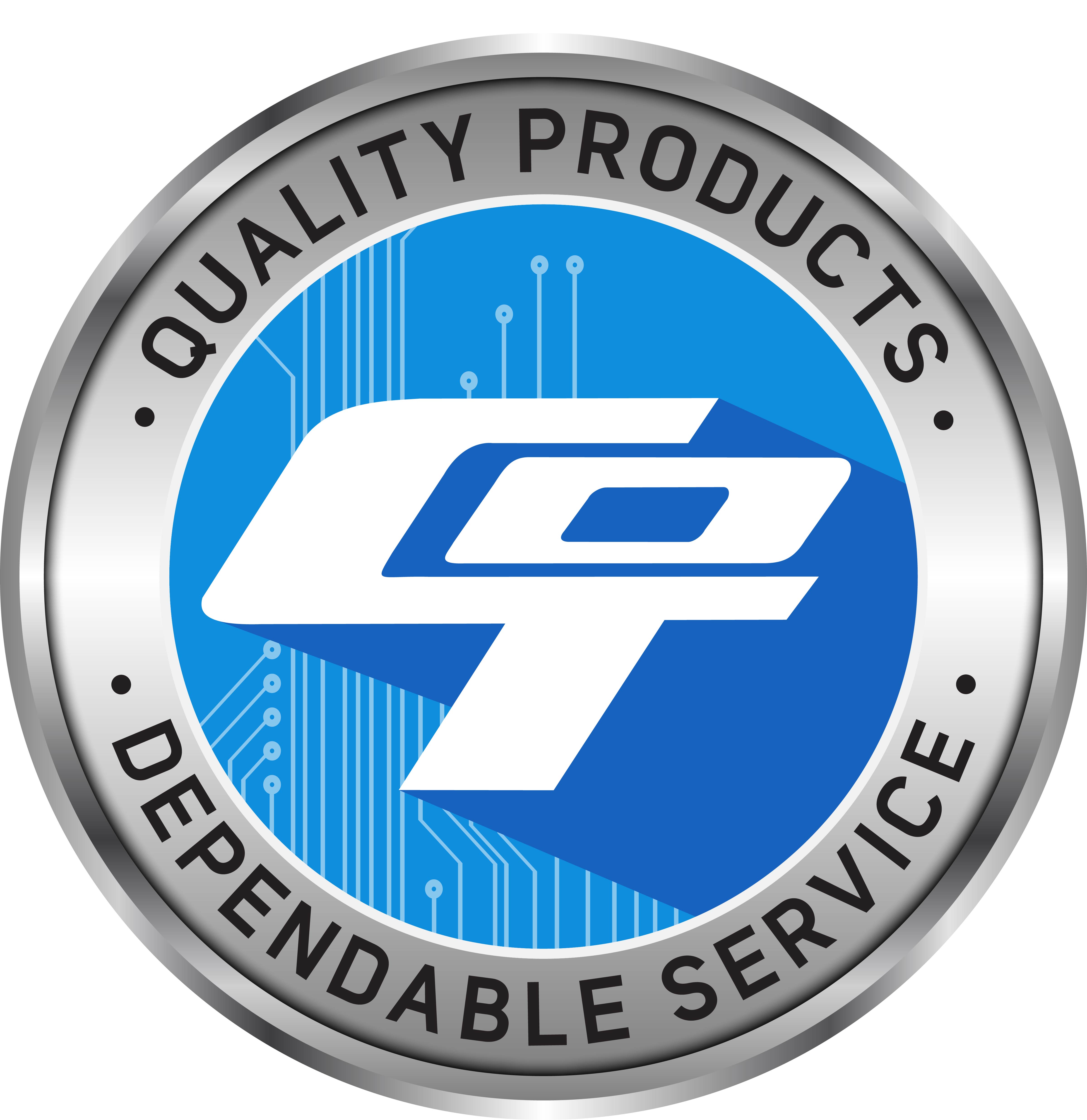Technical Library | 2010-01-13 12:34:10.0
Micro-sectioning (sometimes referred to as cross-sectioning)is a technique, used to characterize materials or to perform a failure mode analysis, for exposing an internal section of a PCB or package. Destructive in nature, cross-sectioning requires encapsulation of the specimen in order to provide support, stability, and protection. Failures that can be investigated through micro-sectional analysis include component defects, thermo-mechanical failures, processing failures related to solder reflow, opens or shorts, voiding and raw material evaluations.
Technical Library | 2012-12-13 21:20:05.0
First published in the 2012 IPC APEX EXPO technical conference proceedings. We investigated the micro-void formation of solder joints after reliability tests such as preconditioning (precon) and thermal cycle (TC) by varying the thickness of Palladium (Pd) in Electroless Nickel / Electroless Palladium / Immersion Gold (ENEPIG) surface finish. We used lead-free solder of Sn-1.2Ag-0.5Cu-Ni (LF35). We found multiple micro-voids of less than 10 µm line up within or above the intermetallic compound (IMC) layer. The number of micro-voids increased with the palladium (Pd) layer thickness. Our results revealed that the micro-void formation should be related to (Pd, Ni)Sn4 phase resulted from thick Pd layer. We propose that micro-voids may form due to either entrapping of volatile gas by (Pd, Ni)Sn4 or creeping of (Pd, Ni)Sn4.
Technical Library | 2021-11-03 16:49:59.0
Ultrathin bare die chips were soldered using a novel soldering technology. Using homogeneous flash light generated by high-power xenon flash lamp the dummy components and the bare die NFC chips were successfully soldered to copper tracks on polyimide (PI) and polyethylene terephthalate (PET) flex foils by using industry standard Sn-Ag-Cu lead free alloys. Due to the selectivity of light absorption, a limited temperature increase was observed in the PET substrates while the chip and copper tracks were rapidly heated to a temperatures above the solder melting temperature. This allowed to successfully soldered components onto the delicate polyethylene foil substrates using lead-free alloys with liquidus temperatures above 200 °C. It was shown that by preheating components above the decomposition temperature of solder paste flux with a set of short low intensity pulses the processing window could be significantly extended compared to the process with direct illumination of chips with high intensity flash pulse. Furthermore, it was demonstrated that with localized tuning of pulse intensity components having different heat capacity could be simultaneously soldered using a single flash pulse.
Technical Library | 2018-05-09 22:15:29.0
Creep corrosion on printed circuit boards (PCBs) is the corrosion of copper metallization and the spreading of the copper corrosion products across the PCB surfaces to the extent that they may electrically short circuit neighboring features on the PCB. The iNEMI technical subcommittee on creep corrosion has developed a flowers-of-sulfur (FOS) based test that is sufficiently well developed for consideration as an industry standard qualification test for creep corrosion. This paper will address the important question of how relative humidity affects creep corrosion. A creep corrosion tendency that is inversely proportional to relative humidity may allow data center administrators to eliminate creep corrosion simply by controlling the relative humidity in the data center,thus, avoiding the high cost of gas-phase filtration of gaseous contamination. The creep corrosion relative humidity dependence will be studied using a modified version of the iNEMI FOS test chamber. The design modification allows the achievement of relative humidity as low as 15% in the presence of the chlorine-releasing bleach aqueous solution. The paper will report on the dependence of creep corrosion on humidity in the 15 to 80% relative humidity range by testing ENIG (gold on electroless nickel), ImAg (immersion silver) and OSP (organic surface preservative) finished PCBs, soldered with organic acid flux.
| 1 |

COT specializes in high quality SMT nozzles and consumables for pick and place machines. We provide special engineering design service of custom nozzles for those unique and odd components.
2481 Hilton Drive
Gainesville, GA USA
Phone: (770) 538-0411